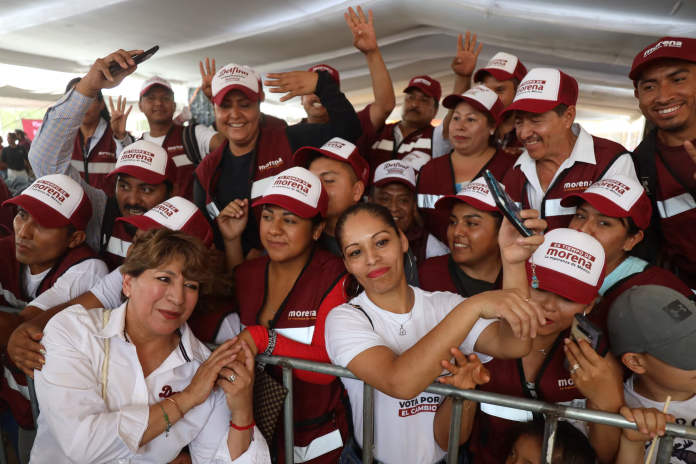Mexicans are heading to voting sites across the nation today to elect the new president in a general election mired with controversy. Assassinations of political candidates have rocked the nation in what many believe to be the cartels’ continued attempts to limit political candidates that hold beliefs contrary to the organizations’ interests.
A String of Attacks
Since campaigning began, at least 749 instances of political violence have been reported by Integralia, a consulting firm which researches political risk in Mexico. At least 231 people were killed in these instances, while 34 of those killed were registered as political candidates. Other violent instances including kidnappings, intimidation, armed attacks, and assaults against civilians, former candidates, and their families.
“It’s possible that violence is being used as a means to define the election in advance, particularly when certain interests are perceived to be at risk in the event that a particular political project triumphs,” Armando Vargas, an Integralia researcher, told Reuters.

These attacks represent a 150 percent increase in political violence since the last elections in 2021, according to the same firm, making this year’s elections the most violent on record. This increase is likely due to the importance of this year’s election, with citizens heading to the polls voting to fill over 20,000 political positions including 628 representatives in both the higher and lower houses of Congress.
Mexico’s current president Andres Manuel Lopez Obrador, who is ineligible to run for reelection due to the one-term limit for presidents, acknowledged in April that the various cartels active in Mexico have played a large part in the assassinations, seeking to control figures in power either through coercion or by organizing political campaigns for candidates that will support the cartels’ activities.
“They make an agreement and say, ‘this person is going to be mayor; we don’t want anyone else to register to run’, and anybody who does, well, they know [what to expect],” Obrador stated.
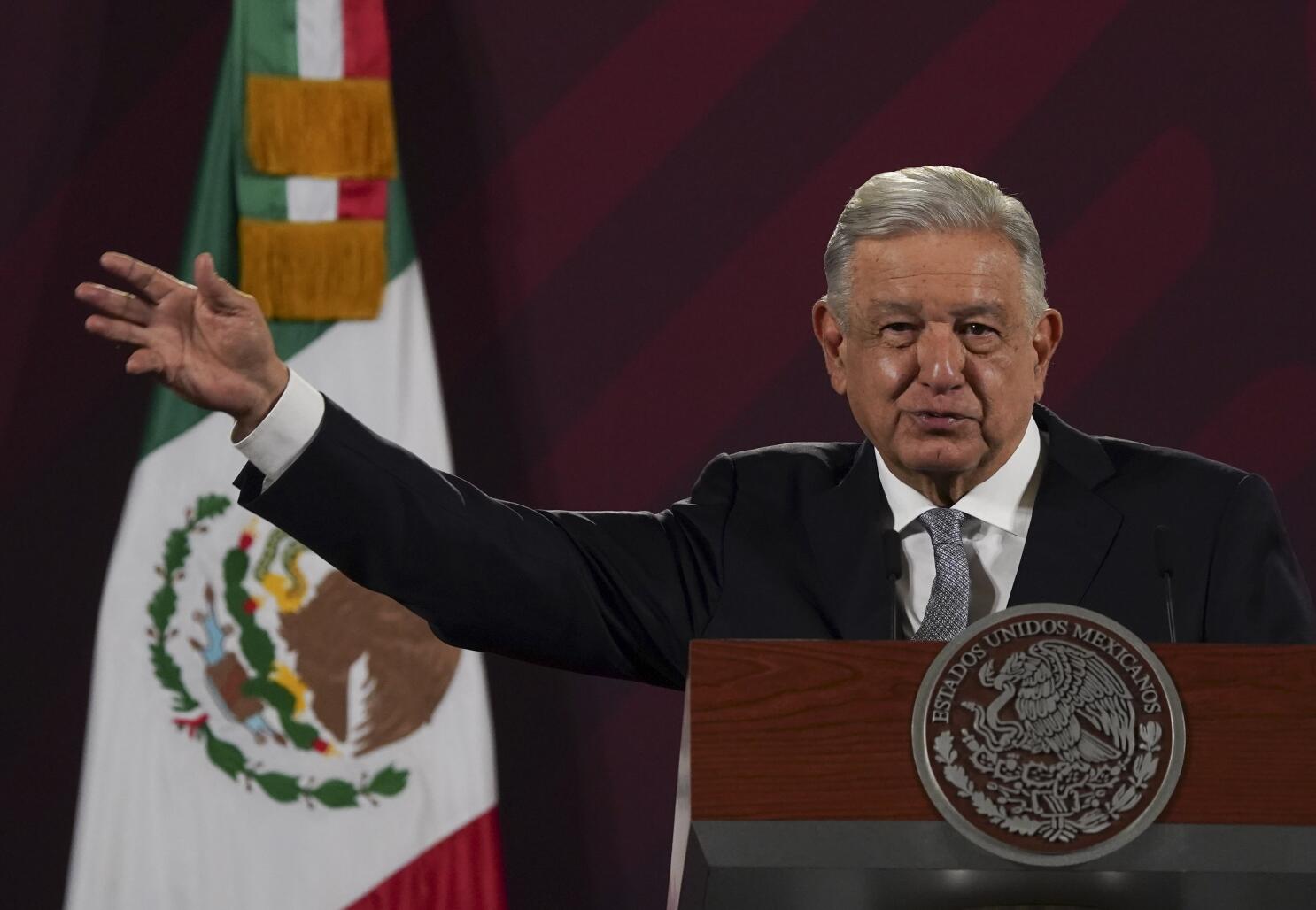
This acknowledgement of the cartels’ sway over the Mexican democratic system followed the assassination of Bertha Gisela Gaytan who belonged to Obrador’s left-wing Morena party. Her assassination occurred the same day Gaytan held a conference requesting that security be sent to her campaign, a request which would be implemented posthumously with the Mexican government approving security for nearly 250 candidates. The assassination occurred while Gaytan was holding a rally in San Miguel Octopan, Guanajuato state.
Amid these killings, one of Mexico’s leading opposition parties, The Institutional Revolutionary Party, accused Obrador’s government of not properly addressing the assassinations, stating the ruling party has “not made even the slightest effort to guarantee the safety of the candidates.”
Key Concerns for the Mexican People
With the assassination of numerous political candidates alongside Mexico’s ongoing war with the cartels, concerns regarding security in the nation have taken the spotlight in the elections. These concerns were not birthed from the recent political violence amid the elections, but can be traced back to President Obrador’s administration.
Obrador promised the people of Mexico that to solve the ongoing security situation the government must adopt a policy of “hugs not bullets,” arguing that “you cannot fight violence with violence,” while calling on the government to address the core causes of cartel violence such as poverty and gang culture. Similar policies have been attempted throughout Latin America in order to curb Latin nations’ various internal security struggles, one such policy is the President of Colombia, Gustavo Petro’s, “total peace” plan. This plan has been characterized by various ceasefires between the government and a number of armed political dissidents such as the Revolutionary Armed Forces of Colombia (FARC) and the National Liberation Army (ELN).
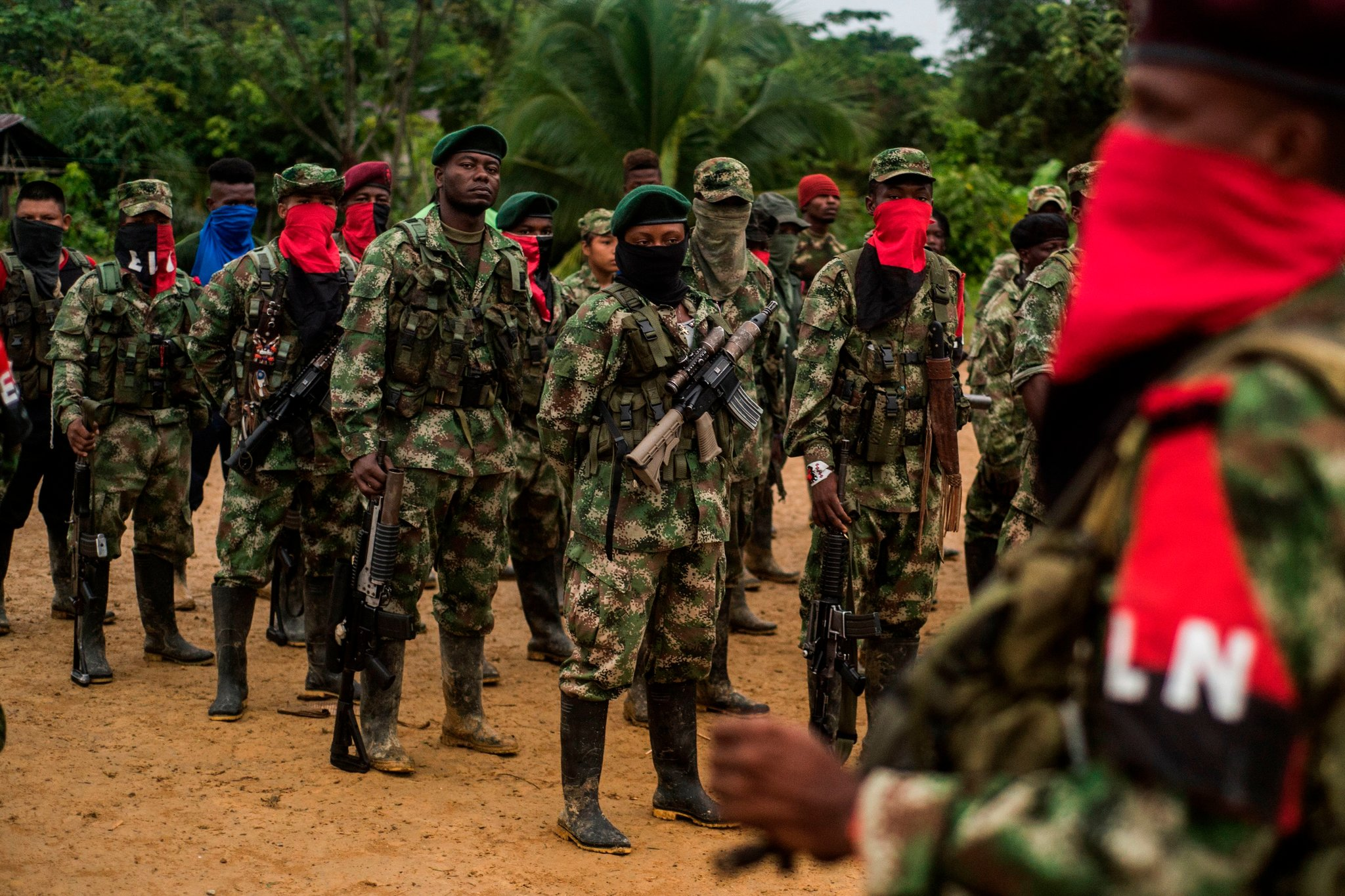
Despite this plan to end the 60 year-long Colombian Conflict which is believed to have led to the deaths of an estimated 450,000 people, President Petro’s plan has achieved mixed results. Following one such ceasefire between the government and a faction of the FARC known as the Estado Mayor Central (FARC-EMC), the group has seen large territorial gains, an increase in numbers, and an increase in income from their narcotics industries which has significantly harmed the government’s ability to counteract the FARC-EMC after Petro dissolved the ceasefire in March.
A similar outcome can be seen in Mexico, where 160,594 homicides were recorded by authorities despite Orbrador’s desire to solve the security crisis at its core, far surpassing any homicide rate under previous Mexican leaders. Despite this record-breaking murder rate, the Institute for Economy and Peace (IEP), a multinational think tank that seeks to create a “paradigm shift in the way the world thinks about peace,” released a study that concluded while the total number of homicides have far surpassed that of previous administrations, homicides and crimes committed with firearms have decreased since 2019 when these crimes peaked.
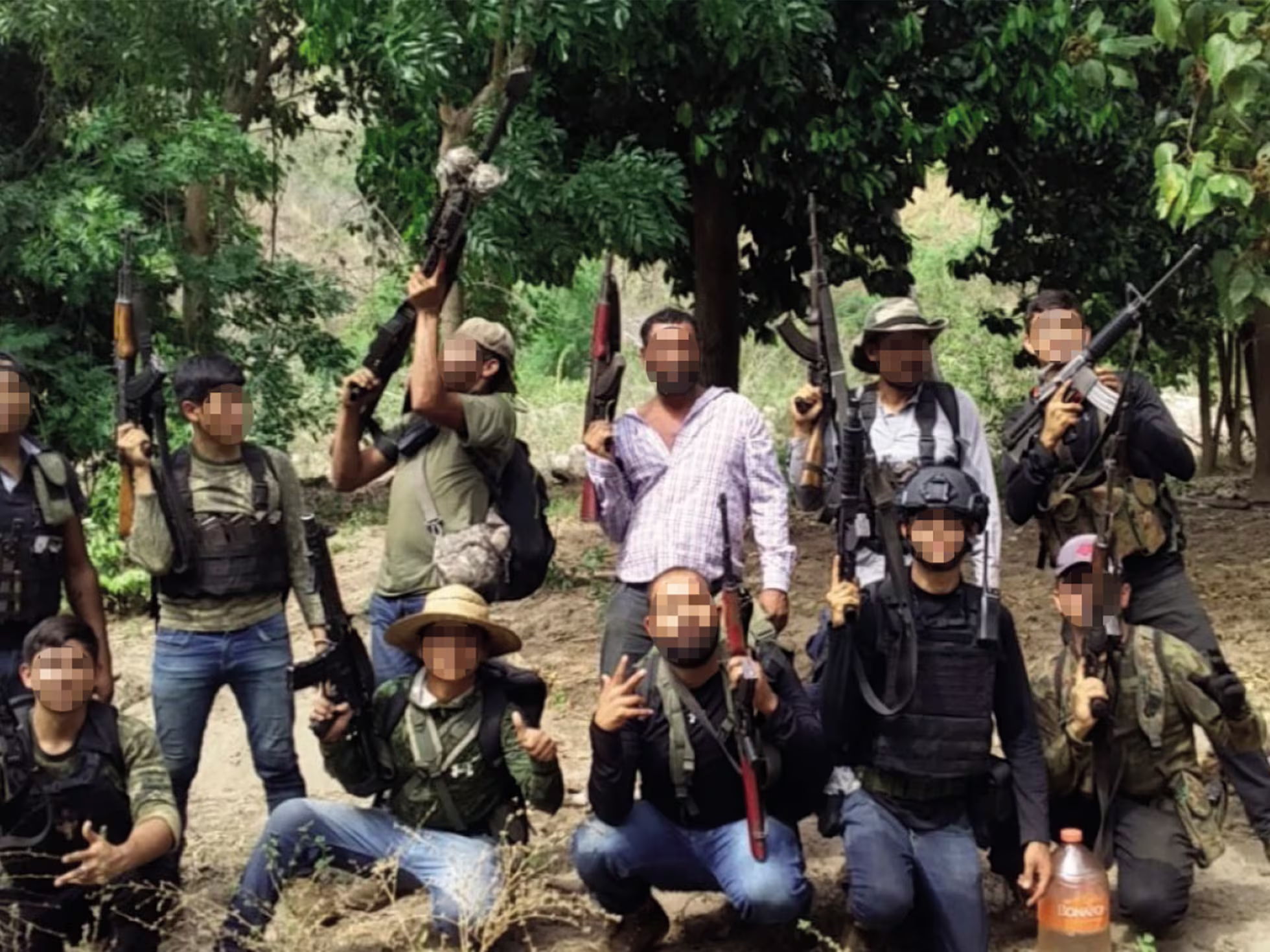
Another key issue for the nation is illegal migration and how to counteract those seeking to enter or pass through Mexico illegally. Many migrants seek to enter the United States through the US-Mexican border which stands as the tenth longest border in the world at just under two thousand miles. This large amount of territory, coupled with Mexico’s ongoing corruption situation, large organized crime presence, and the nation’s geographic location which acts as a bridge to the rest of Latin America, amplifies the difficulty counteracting illegal migration to the United States. Not only does the passage of migrants through Mexico have negative effects on the nation and the environment, but continued illegal crossings across the US-Mexico border is likely to strain tensions between the two nations. Furthermore, the abundance of illegal migrants act as a key source of income for Mexico’s cartel.
Illegal immigration has increased under the presidency of Joe Biden, with the US Customs and Border Protection (CBP) reporting a notable increase in encounters with illegal immigrants. Nearly 50,000 encounters were registered prior to Biden’s election, and that figure quickly increased to more than 200,000 in mid-2021 and peaking at 300,000 since the start of 2024, according to CBP reports. While these encounters may suggest an increase in immigration, some believe that such an increase may be the result of improved operations conducted by Border Patrol as this statistic covers encounters.
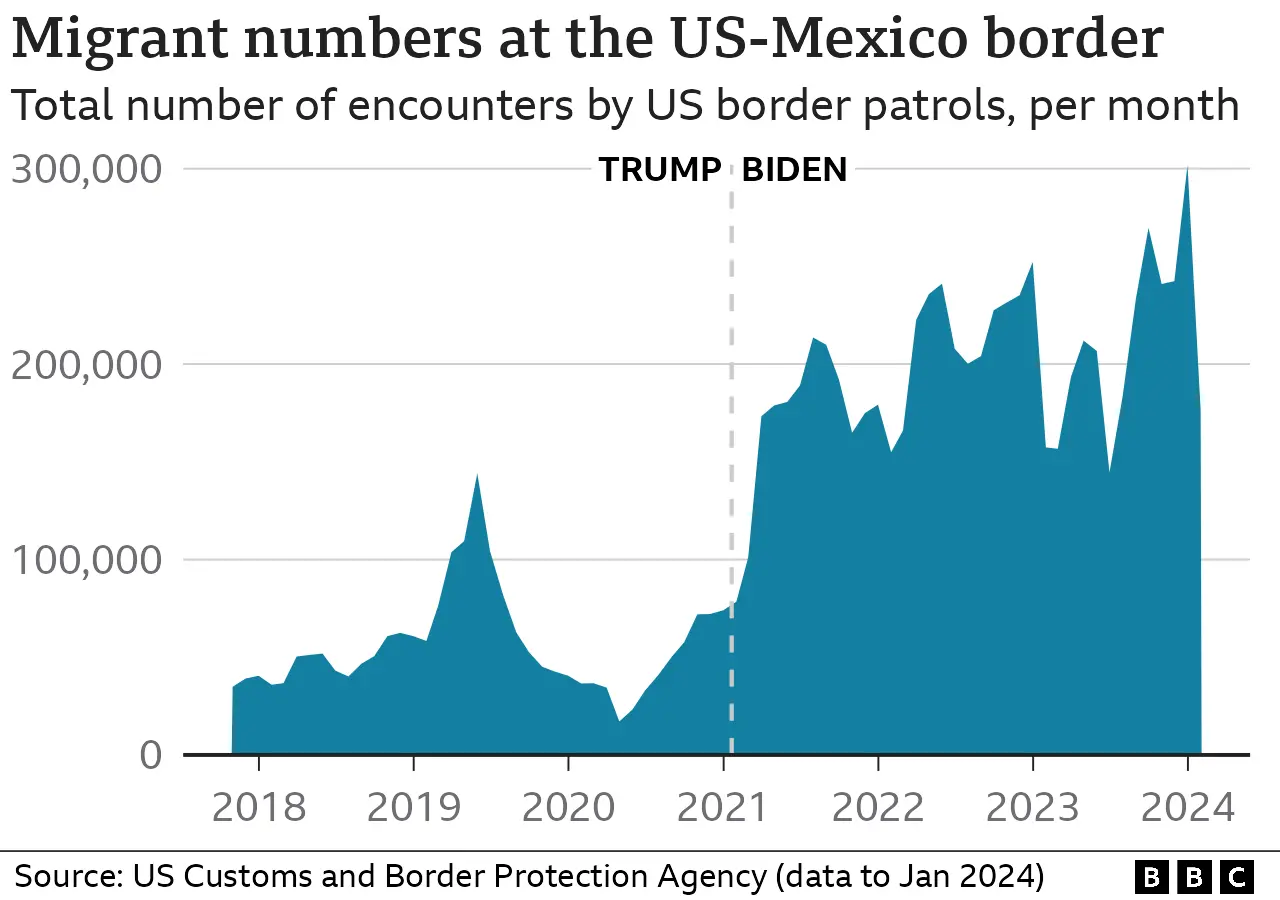
Analysts believe this increase can be attributed to both the dire economic and security situations in nations such as Venezuela, where inflation continues to run rampant leading citizens to seek better opportunities. Others note the increase may be caused by the lessening of restrictions imposed by nations to combat the COVID-19 pandemic, opening a “floodgate” for illegal immigrants who were waiting to cross the border.
However, another statistic implies that the worsening border crisis with Mexico may be attributed to the Biden administration. Deportations notably decreased under Biden’s administration, with Trump’s administration reporting deportations ranging from nearly 350,000 in 2019 to just under 200,000 in 2020 compared to Biden’s high of around 150,000 to his low of 50,000 in 2021, according to the Department of Homeland Security.
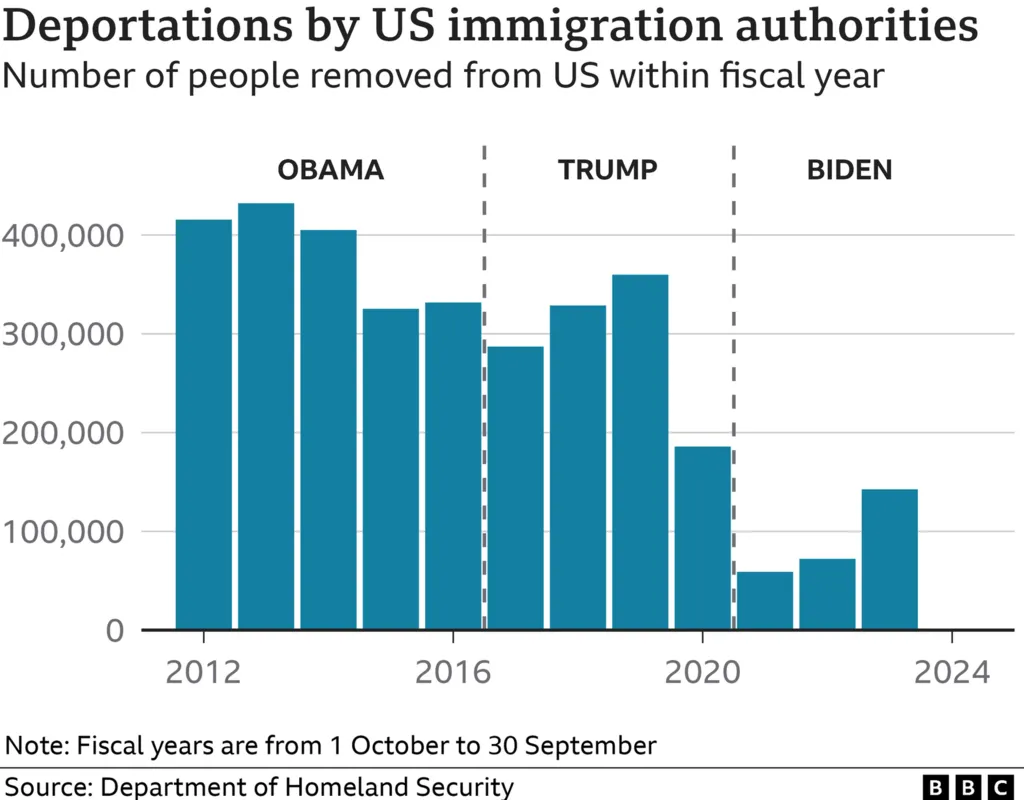
While this statistic alone may suggest a decrease in illegal migration, the amount of deportations alongside encounters with Border Patrol agents implies that there remains a large number of illegal immigrants seeking to enter the United States through the Mexican border, with many possibly already having entered the country without encountering Border Patrol agents. These illegal immigrants, in turn, seek aid from Mexico’s cartels in order to be smuggled into the US, further strengthening the criminal organizations and providing a cash flow to fund their operations to influence elections.
The Candidates and Parties of the Election
There are two major candidates for Mexico’s presidential election, both of whom are women, offering voters a chance to make national history through the election of the country’s first female president.
Currently leading in the polls is Morena candidate Claudia Sheinbaum, who is predicted to secure 51 percent of the national vote, according to a poll conducted by the Americas Society/Council of the Americas (AS/COA).
Sheinbaum has a long history of political activism alongside political experience. The presidential candidate began participating in a number of social movements in the 1980s, taking part in a number of student protests against the Mexican government. Other than participating in activism, Sheinbaum was studying at the National Autonomous University of Mexico, graduating with a doctorate in energy engineering in 1995. It was during the student protests that Sheinbaum would first meet Obrador, stating in a campaign video that the pair would often participate in the same protests. Despite these shared events, Sheinbaum would not officially begin her political career with Obrador until 2000, when the now-president picked Sheinbaum as his Secretary of the Environment following his win of Mexico City’s mayoral race.
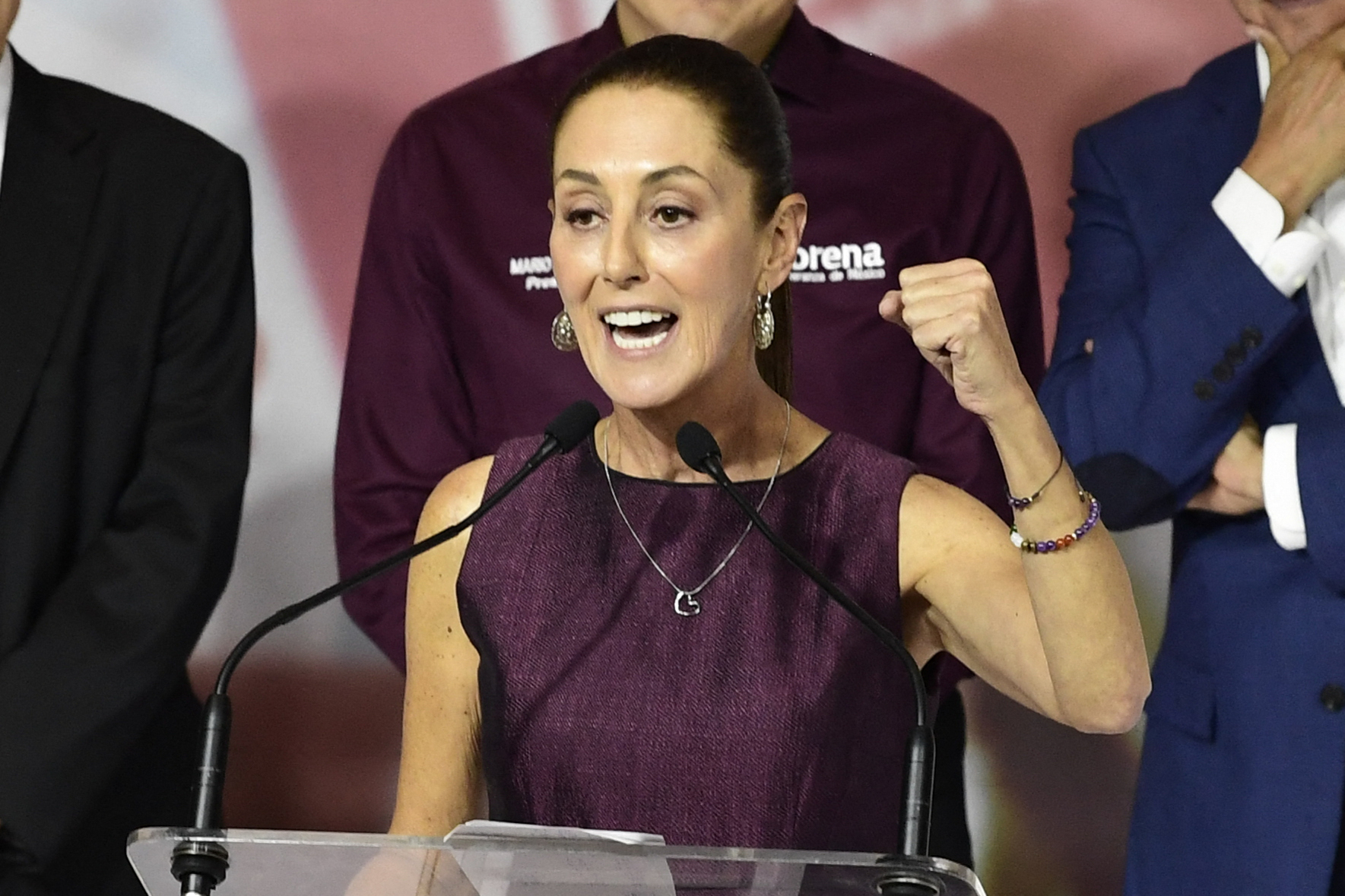
Following her ascension as Secretary of the Environment, Sheinbaum continued her political career. Obradortary of the Envi chose her again to be the Secreronment and Natural Resources in his failed 2012 presidential campaign. She remained loyal to Obrador when he broke away from the Party of the Democratic Revolution (PRD) to form Morena.
Sheinbaum would become the mayor of Tlalpan, the largest borough of Mexico City, in 2015. This time spent as mayor would be short-lived, as the budding politician would throw her hat into the ring to become the Head of Government of Mexico City after a survey conducted by Morena named her as the party’s top candidate in 2017. Sheinbaum would subsequently resign as mayor of Tlalpan in order to qualify for the candidacy, and following nearly a year of campaigning she won the election.
Sheinbaum funded several public works during her tenure, including an environmental plan that sought to reduce pollution and replant trees, as well as investing 40 billion pesos into the city’s metro system. Furthermore, homicide rates dropped by half in Mexico City during Sheinbaum’s 2022 tenure. While the national homicide rate stood at 25.2 murders per 100,000 people in 2022, Mexico City recorded only 8 murders per 100,000 people that same year, a substantial decrease from previous administrations.
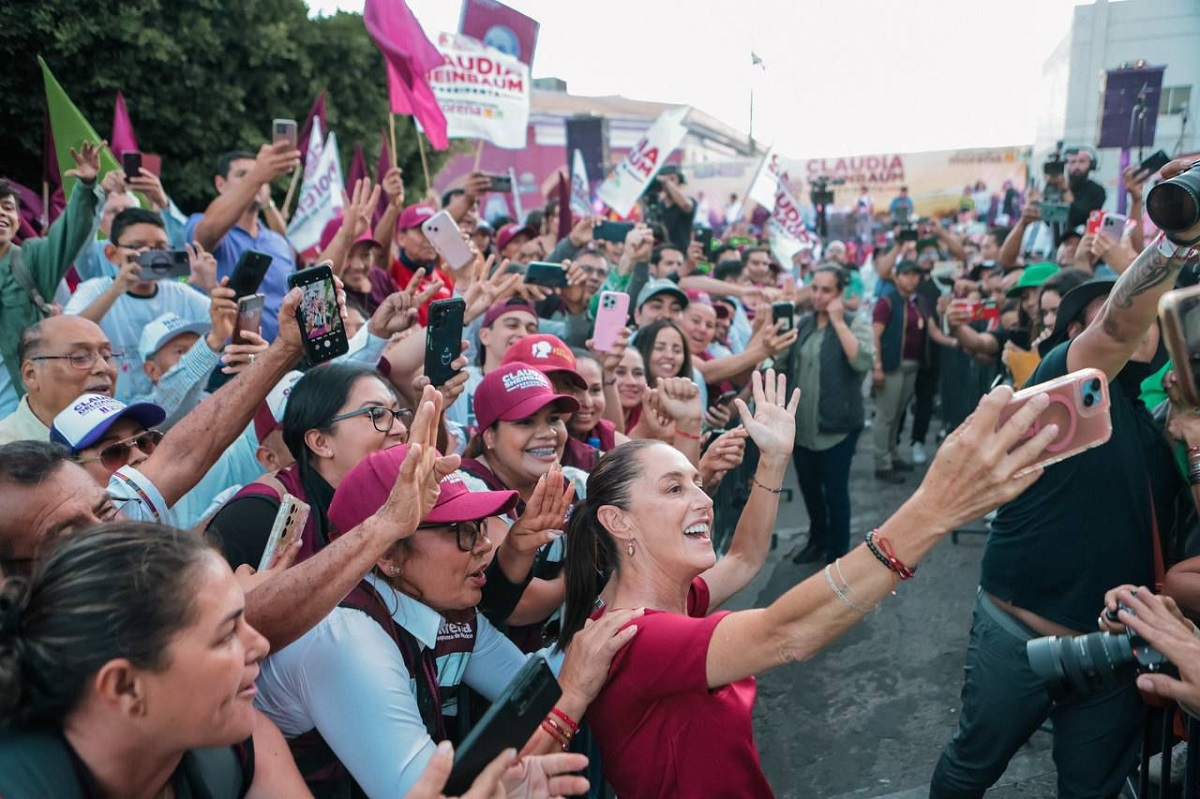
These accomplishments, along with President Obrador’s continued popularity, have placed Sheinbaum as the presidential frontrunner and expected winner of the presidential election. A poll conducted by AS/COA in May shows that 54 percent of those polled stated they would vote for Sheinbaum if the elections were held “today,” a steep majority compared to opposition candidate Xochitl Galvez’s 34 percent.
Morena
Originally formed as a movement to secure the Office of the President for Obrador in 2012, the Morena party underwent a metamorphosis following Obrador’s 2012 loss, shifting from a movement within the wider Party of Democratic Revolution (PRD), which Obrador was running under and is now a part of the opposition coalition, to a proper political party just two years later. Obrador’s loss would ultimately lead to his exodus from the PRD in 2014 and the formation of Morena, an acronym for its full name, the National Regeneration Movement, as an official political party.
In 2018, Obrador ran for president yet again, securing both the leftist Labor Party alongside the Christian Democrat Social Encounter Party as key allies in the election. These alliances, coupled with Obrador’s popularity–which is often attributed to his populist views–allowed Obrador to secure support from both the moderate right and left, which ultimately led to his historic victory as the first president to win more than 50 percent of the vote since 2000.
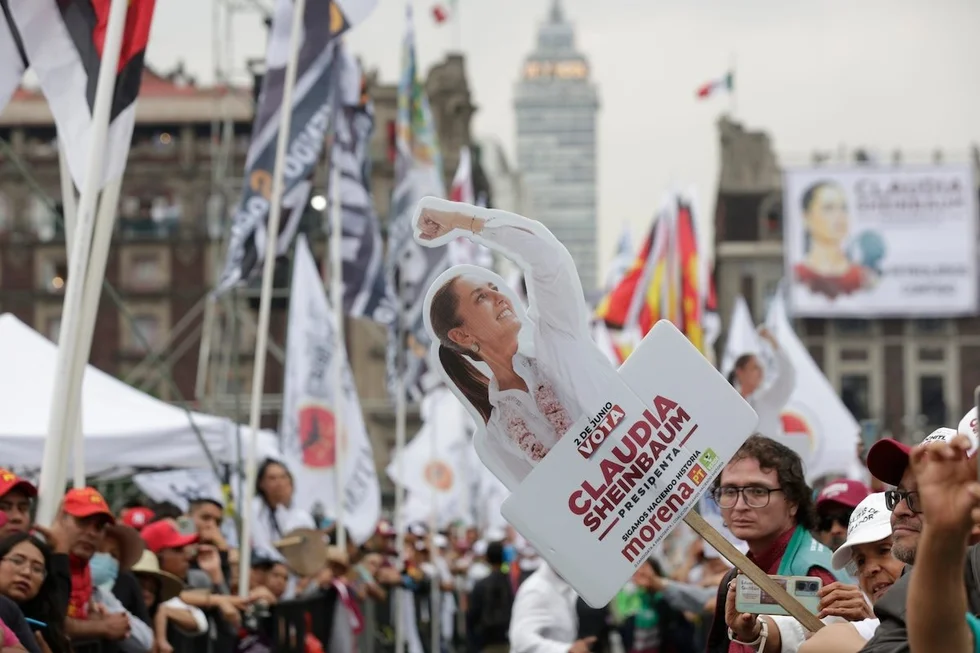
The party’s main focuses revolve around combating corruption within the Mexican government and traditional leftist beliefs, such as a supportive stance on unions and the nationalization of energy, while leaving behind some social beliefs commonly attributed to Mexico’s left-wing political parties such as abortion and same-sex marriage.
Analysts have stated that much of Morena’s politics are intrinsically bound to Obrador’s own beliefs, making the president’s policies and accomplishments in office an important look into the party’s general beliefs.
Since entering office, Obrador has made sweeping reforms to a number of industries, including nationalizing key fields within the nation’s energy production sector, the expansion of welfare programs such as expanded pensions for the elderly and healthcare alongside a number of other works such as cuts to the government’s budget and the Mayan Train Project which seeks to modernize Mexico’s infrastructure to promote economic development, tourism, and regional integration in Mexico’s southeast.
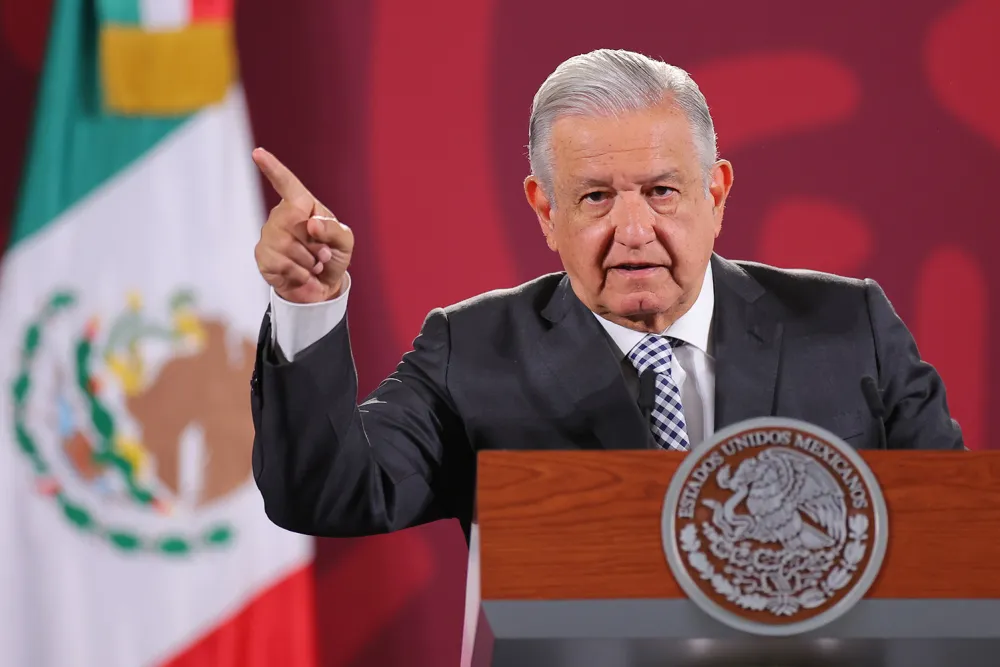
These policies, among others, largely led to Obrador’s continued popularity in Mexico, with the politician enjoying an approval rating of more than 60 percent throughout his tenure and establishing Obrador as one of Mexico’s most popular presidents, according to AS/COA.
Not only does Obrador enjoy a large amount of public support, Morena itself controls both houses of the nation’s Congress and 22 of 32 states, establishing the party as a fierce opponent for the opposition.
Xochitl Galvez
Xochitl Galvez, who received the opposition alliance’s endorsement to run for office, is a swift departure from Sheinbaum both in Galvez’s background and her proposed policies. While Sheinbaum has not expressly stated that if she wins the election she would continue President Obrador’s policies, a large number of the candidate’s campaign promises have closely mirrored that of her predecessor. These are policies that Galvez opposes, with the candidate supporting less government intervention in Mexico’s energy sector, healthcare, and education, further environmental protections, and supporting various social movements such as the LGBTQ+ community.
Furthermore, Galvez has previously claimed that Sheinbaum was nothing more than a puppet for Obrador, a claim which has been vehemently denied by both the Morena candidate and Obrador.
“There are no puppets with power,” Obrador previously stated. “No one accepts to be manipulated when they reach public office.”
Galvez was born to an Indigenous father and her mestiza mother, a person born from mixed European and Indigenous ancestry, in Tepatepec, Hidalgo. Galvez was reportedly raised in a poor financial state; her father was reportedly an alcoholic who would commonly drink the family’s funds away while Galvez was forced to sell tamales at nine years old, relatives told the Associated Press.
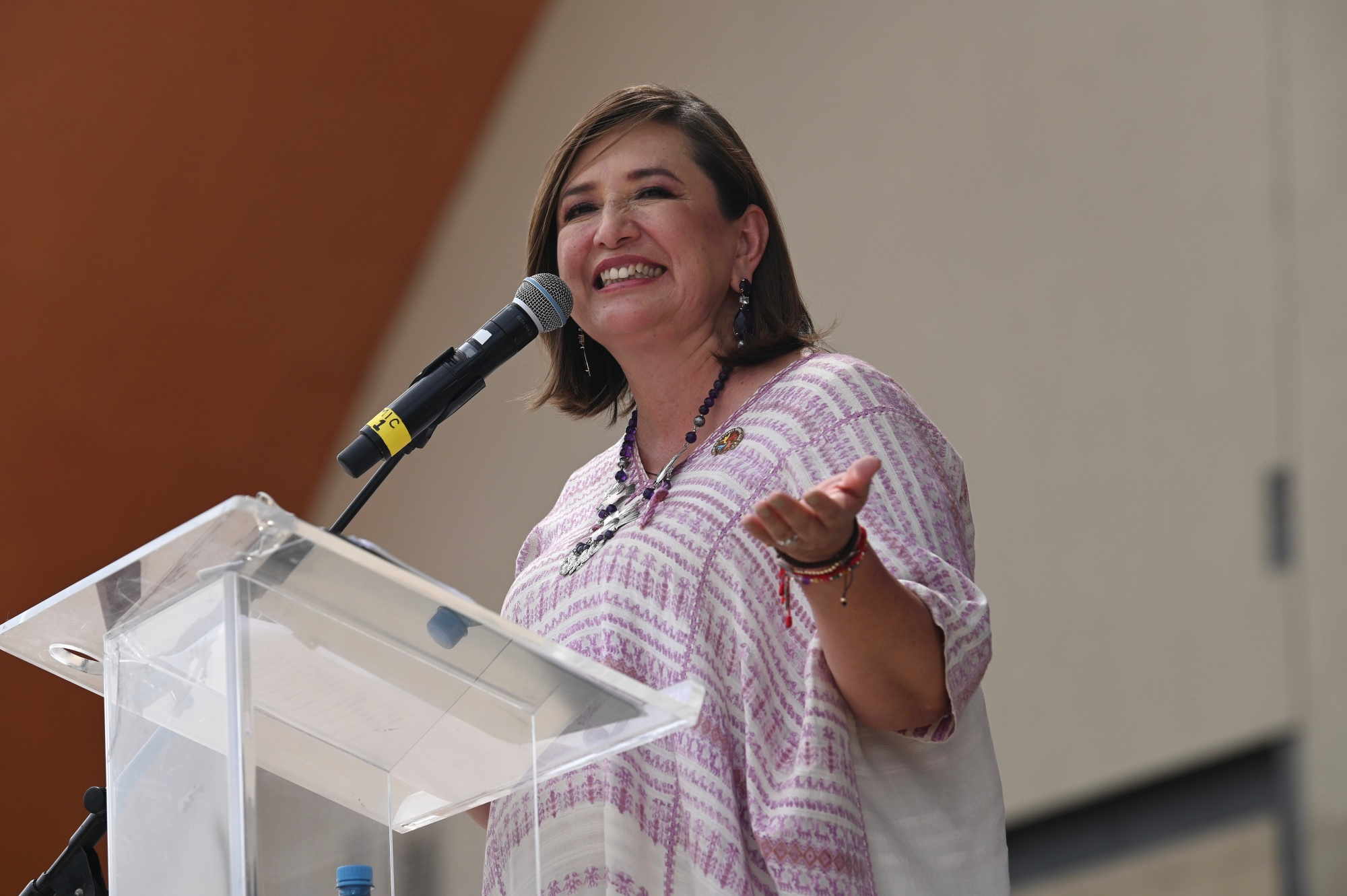
Galvez has used her upbringing extensively throughout her campaign, displaying herself as a self-made woman who climbed her way up from nothing. She has further criticized Sheinbaum’s own upbringing, stating that Sheinbaum lived a privileged life.
“While you were dancing ballet at 10 years old, I had to work,” Galvez told Sheinbaum during a televised debate.
But some have claimed that Galvez’s background is a fabrication, one resident of Galvez’s hometown told AP that Galvez actually lived “well” in town.
“It’s not true that she was poor,” María del Socorro Mendoza told AP. “Her father was a teacher and her family was one of the ones that lives well here.”
Galvez eventually ran away at 16 to go to school, moving to Mexico City to study computer engineering while working as a telephone operator. Once she graduated, Galvez formed High Tech Services, a company that installs products to help optimize energy use, smart technologies, and projects that sought to limit the environmental impact of various industries.
Galvez first entered politics following Vicente Fox’s election as President of Mexico in 1999. Fox took office in 2000 and effectively ended the Institutional Revolutionary Party’s (PRI) 70-year hold on power. Following his win, Fox appointed Galvez as his Indigenous affairs minister, kickstarting her political career.

Galvez ran for Governor of Hidalgo in 2010, coming in second place with 47 percent of votes in her favor. Five years later, Galvez ran to become the Delegation Head for Miguel Hidalgo, a position that was removed in 2018 for having a similar role as a mayor but with limited powers. Galvez won this election with only 32 percent of the vote.
In 2018, Galvez ran to become the senator for Mexico City. She lost the election but was awarded a seat under the PRD’s proportional voting system. As a senator, Galvez also became the President of the Indigenous Affairs Commission, Secretary of the Anti-Corruption, Transparency, and Citizen Participation Commission, and several other commissions.
Galvez has portrayed herself as a hardworking woman from humble roots, a portrayal which has been challenged by Obrador who claims that in truth she works alongside the rich within the country and poses a threat to the various reforms the president has made.
Galvez dismissed these claims, stating “He’s going to try to deny my origins and deny my work, but there it is … I had to face a very patriarchal culture, very macho, where as women we weren’t seen as anything else but for work.”
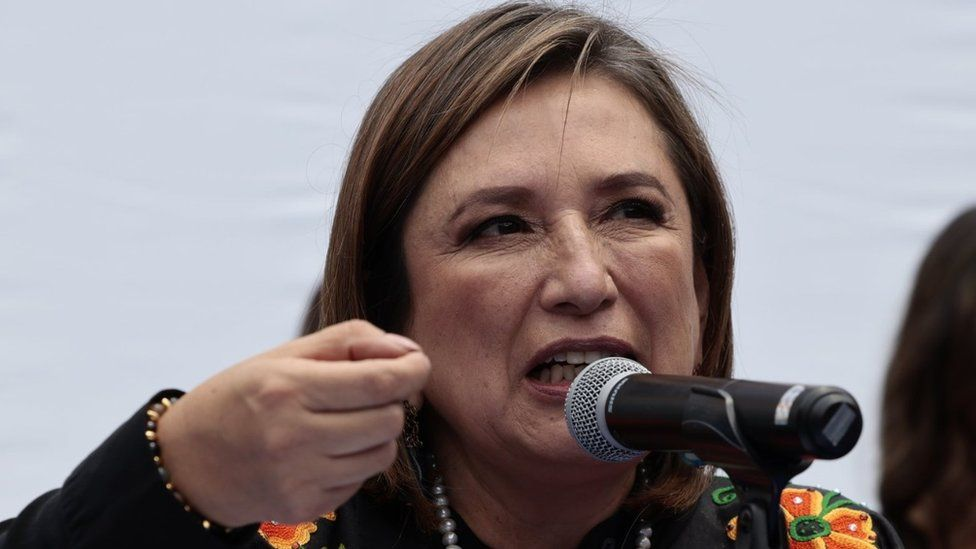
However, Galvez’s portrayal as a working woman and her use of common expletives, whether true or an act, has not translated into popular support. Some have stated that her rough portrayal has been off-putting.
“She speaks in a really crude way,” Manzo told AP. “It makes me ashamed as a woman, because it’s not the right way to speak.”
Galvez is running under the Strength and Heart for Mexico coalition which consists of Mexico’s strongest opposition parties including the National Action Party (PAN) alongside the aforementioned Institutional Revolutionary Party (PRI) and Party of the Democratic Revolution (PRD).
The Primary Contenders
Strength and Heart for Mexico is a coalition of some of Mexico’s oldest parties that have chosen to unite in an attempt to defeat Morena and their allies at the polls. Two previous iterations of the coalition were formed for similar purposes, with the Broad Front for Mexico formed in 2023 for the midterms and Go for Mexico which was formed in 2020 for the presidential elections.
The most notable of the parties is the PRI, which held a firm grip on political power in Mexico for 70 years following the aftermath of the Mexican Revolution. The party has historically been defined as a centrist catch-all party boasting a variety of political beliefs. It typically supports expanded social welfare programs and the economic development of Mexico.
Since 2000 when the PRI first lost the presidential office, the party was forced into opposition for years, first between 2000 and 2018, when the party managed to regain some power following the failures of PAN. This return to power did not last long as allegations of corruption, human rights abuses, and supposed deals between the government and Mexico’s cartels to keep violent crime down. Following the 2017 election and Morena’s large-scale victory, the PRI was forced back into opposition, losing 156 seats in Mexico’s lower house of Congress and 38 senators, while only securing 16 percent of the vote.
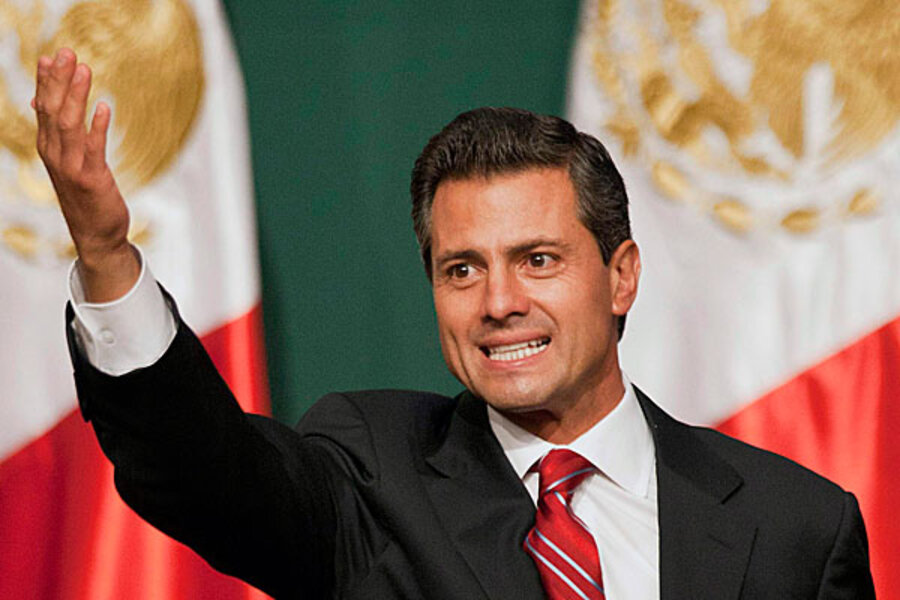
The National Action Party first came into existence in 1939 as an opposition party to the PRI with PAN’s main concern being the anti-Catholic sentiment that was rife within Mexico and the PRI during the time alongside the spectre of socialism which the party believed to be within the PRI.
PAN would campaign against the PRI for years before eventually upsetting the established political order within Mexico in 2000 when Vicente Fox was elected president. Following his victory, PAN managed to hold onto power for two terms before being replaced by the PRI and in 2018, Morena.
Currently, the party largely boasts a conservative stance, opposing abortion, same sex marriage, and maintaining their historic ties to the Catholic Church while supporting a liberal economy with limited government intervention. Furthermore, PAN has supported measures to cut down on organized crime and corruption within the government.
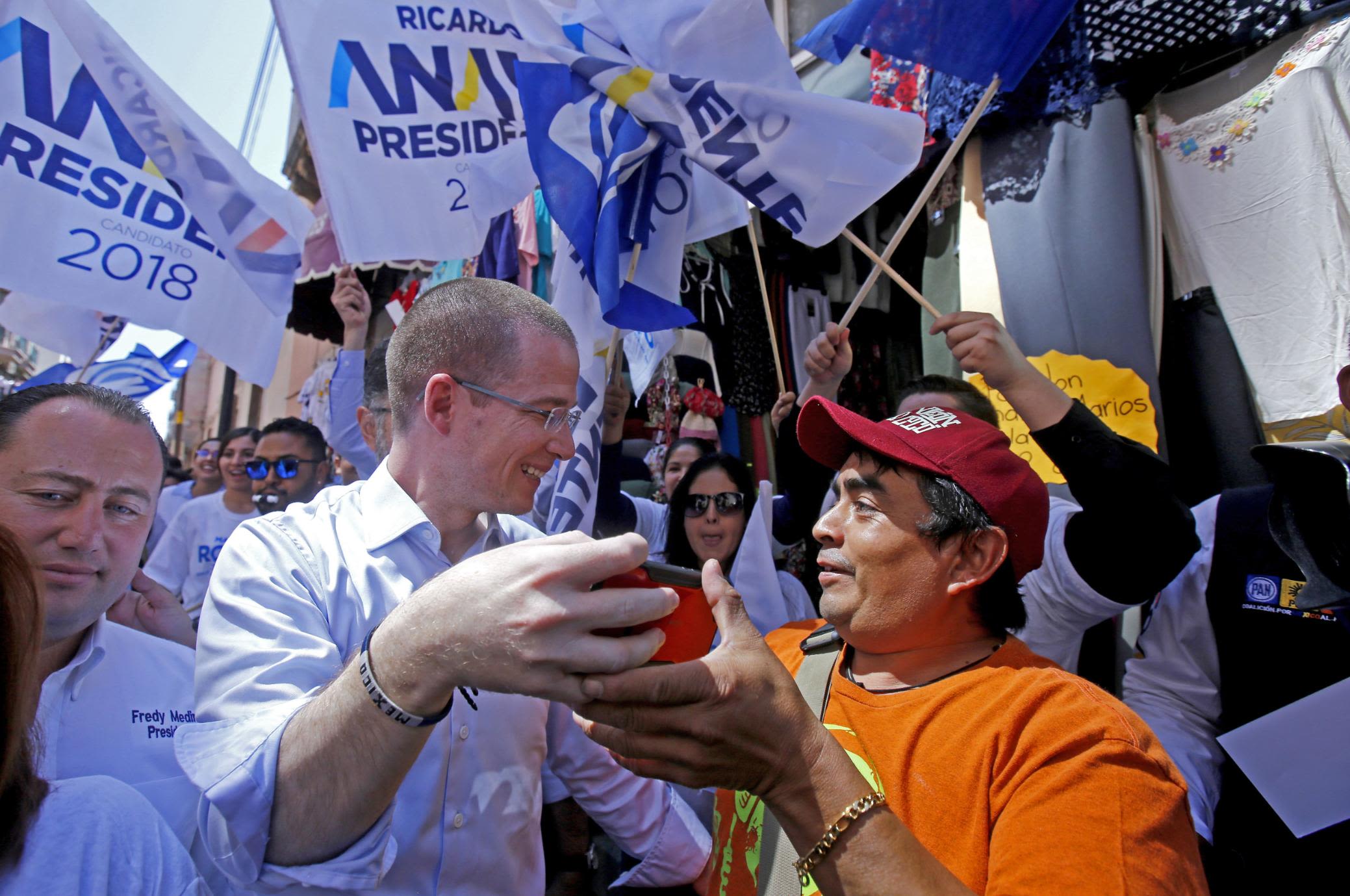
The Party of the Democratic Revolution was originally founded as a liberal coalition in 1989 following the 1988 elections which were marred in controversy after claims surfaced of electoral fraud. The PRD consisted of a number of left-wing organizations, including unions, local activist groups, and smaller political parties.
It was due to this political variety that the PRD would be weakened by internal struggles as various left-wing factions within the party battled for control, likely granting further power to the PRI and PAN.
The PRD now acts as a common liberal party, advocating for policies to address social inequality while also supporting abortion and demanding the government address the high rate of femicide within Mexico, a common issue across Latin America.
These historical rivals have banded together in order to stand a chance against Obrador’s popularity alongside his party’s majority in Congress, with Morena and their allies holding 276 seats of 500 in the Chamber of Deputies alongside the same coalition’s 74 of 128 senators. However, despite this historic alliance, it remains likely that the Morena party will continue to dominate in today’s election.

